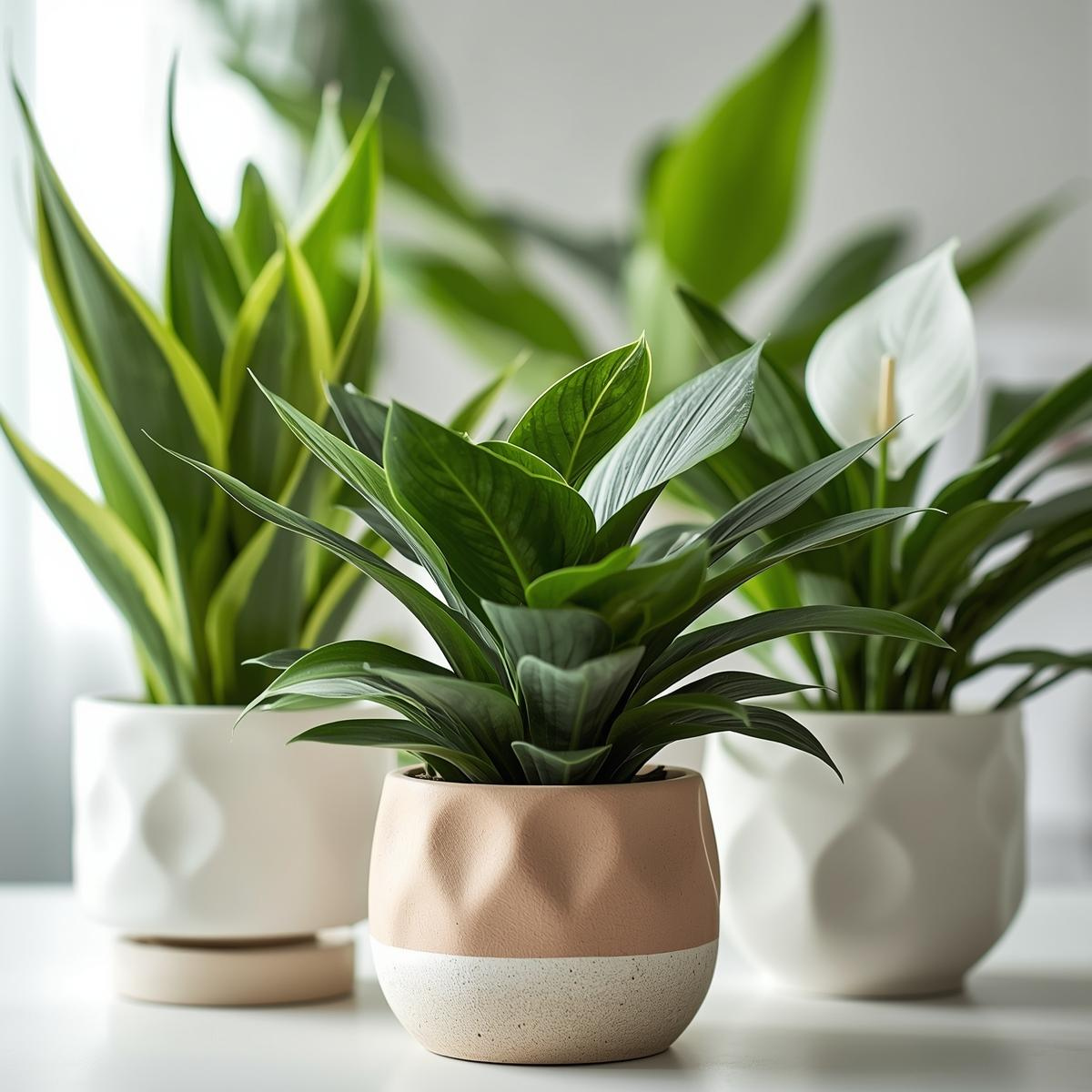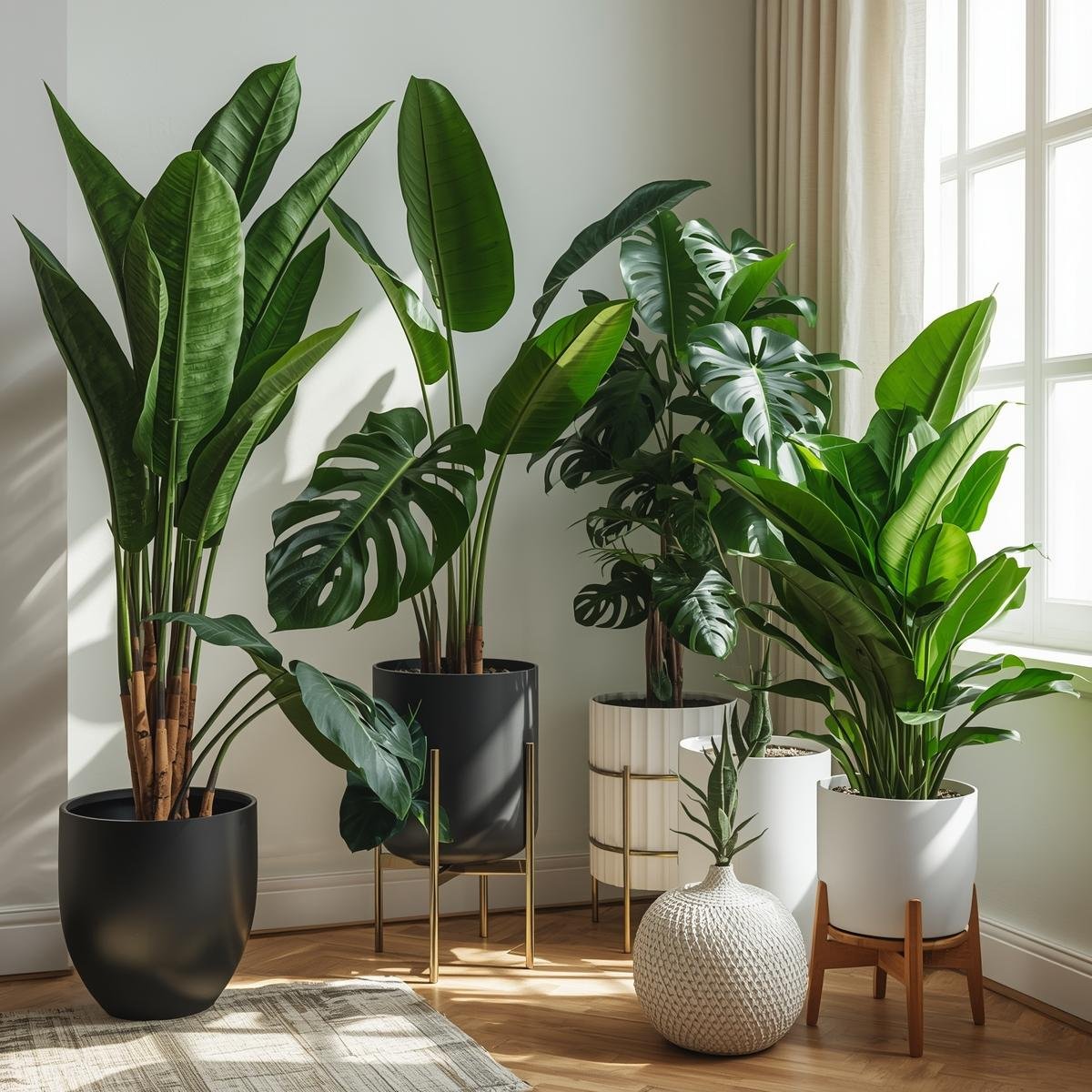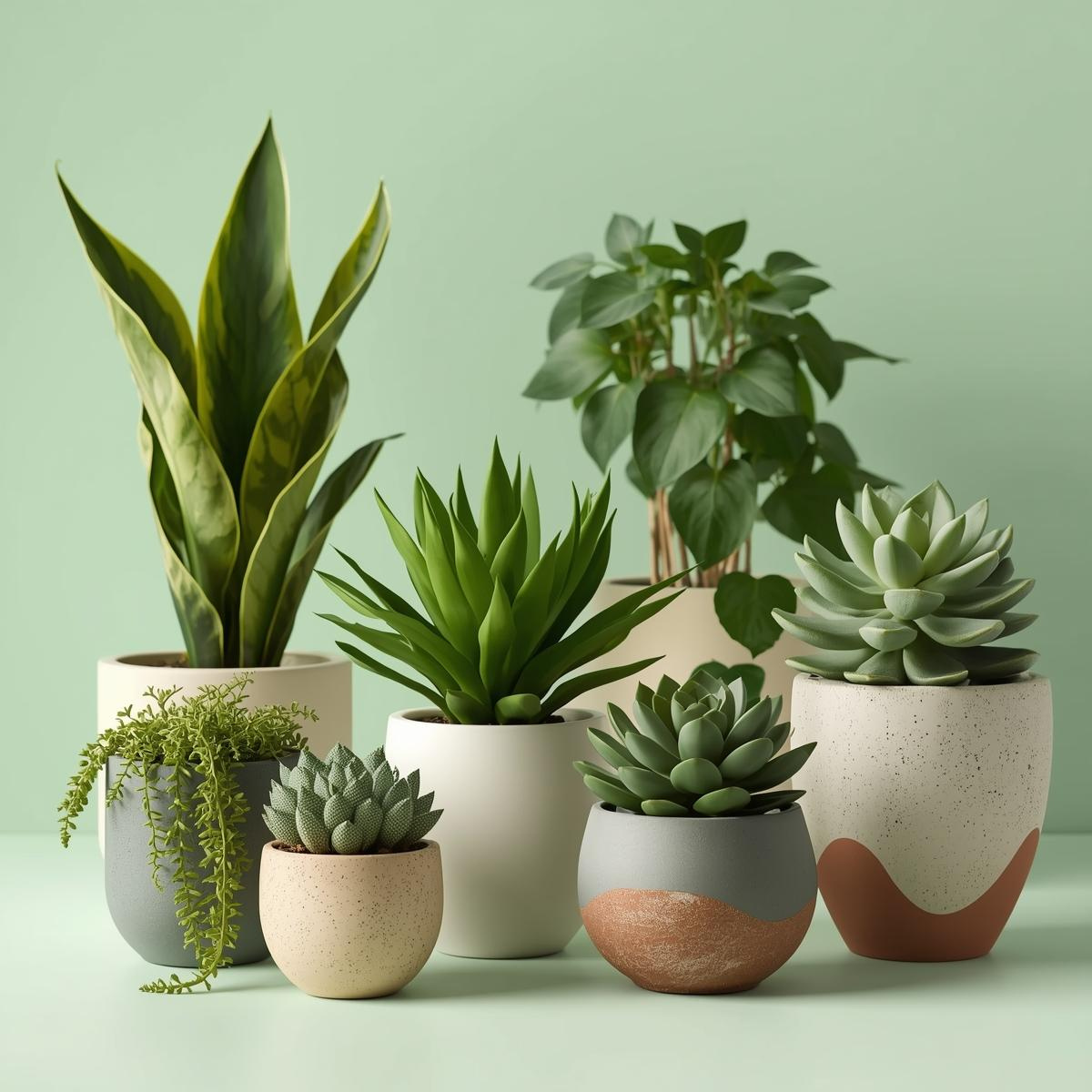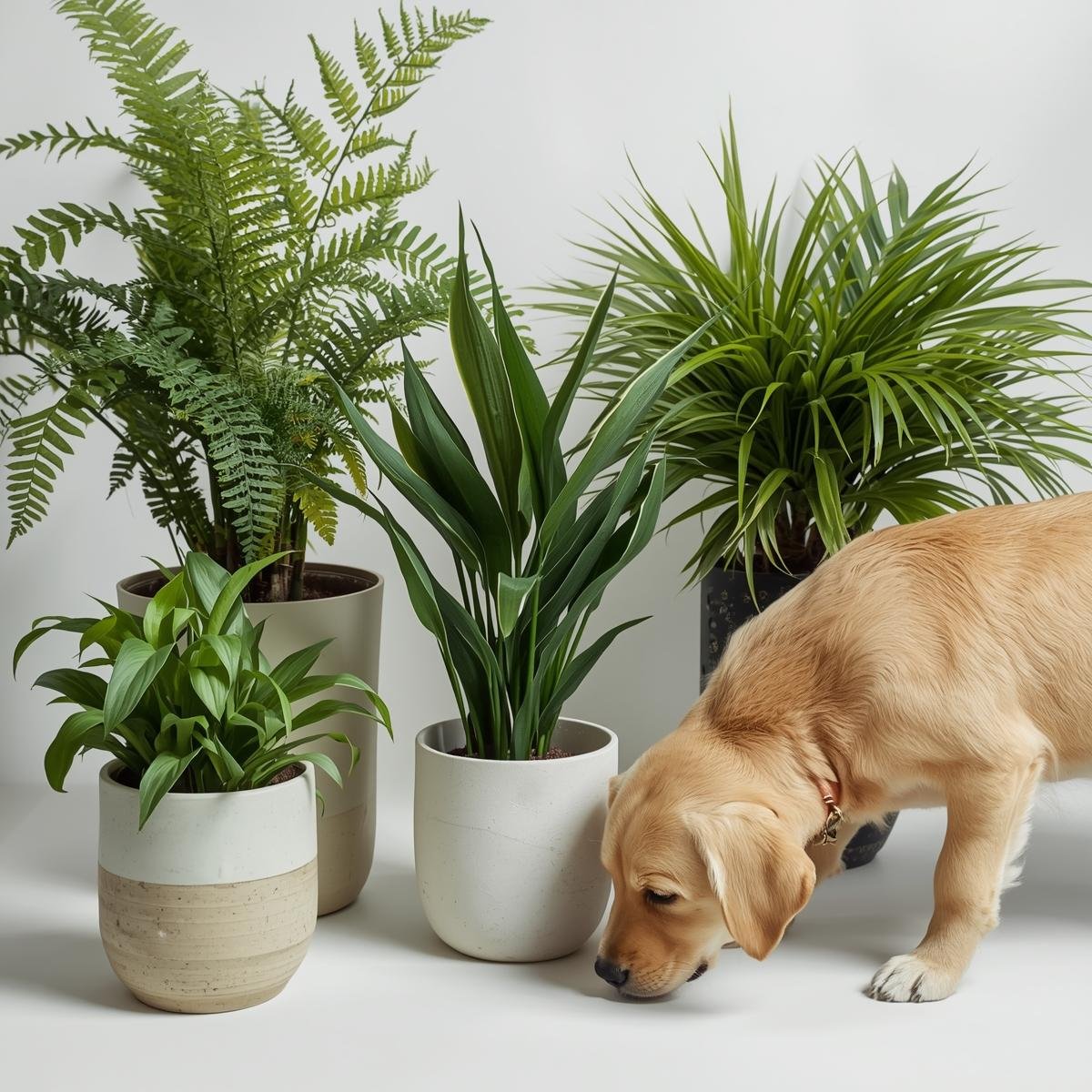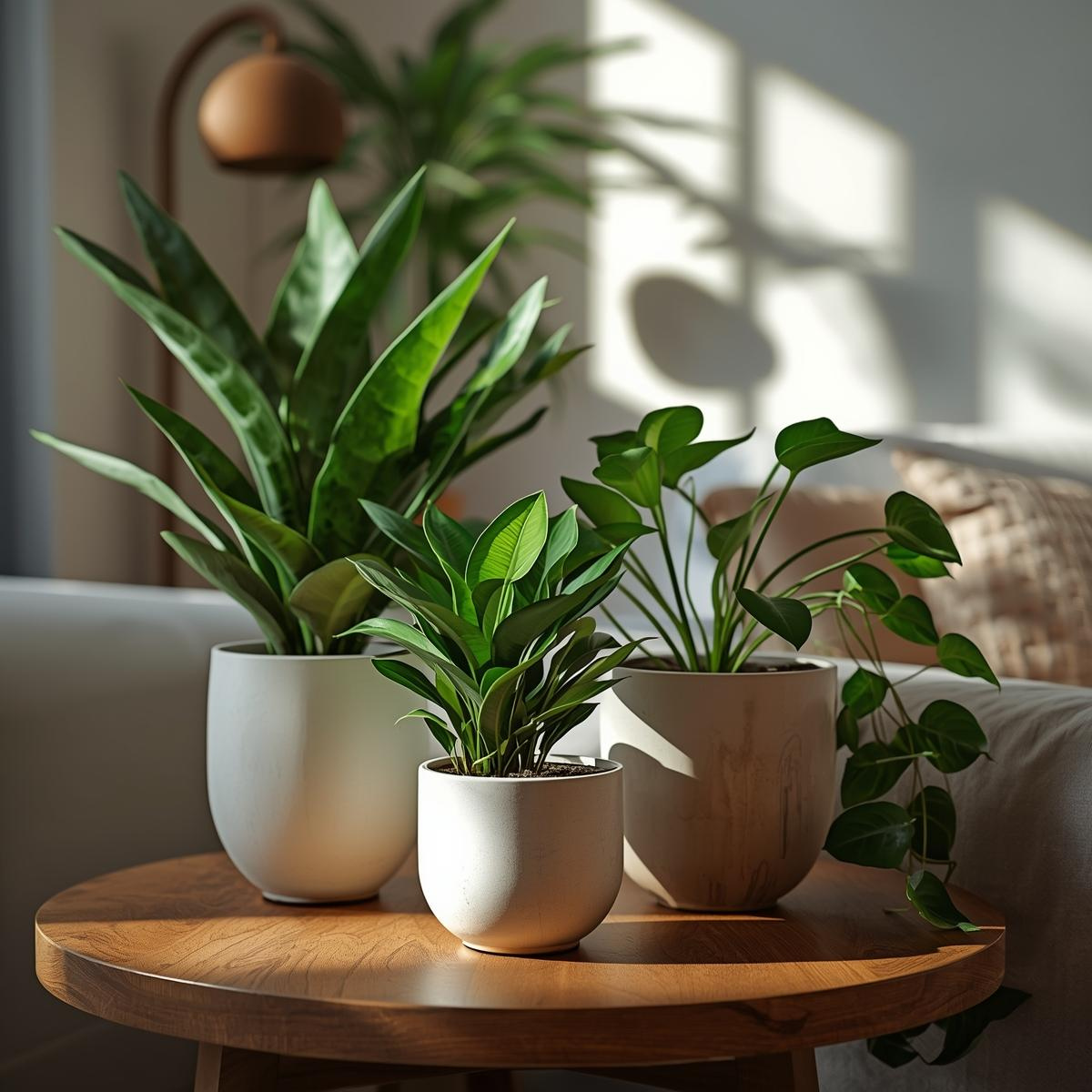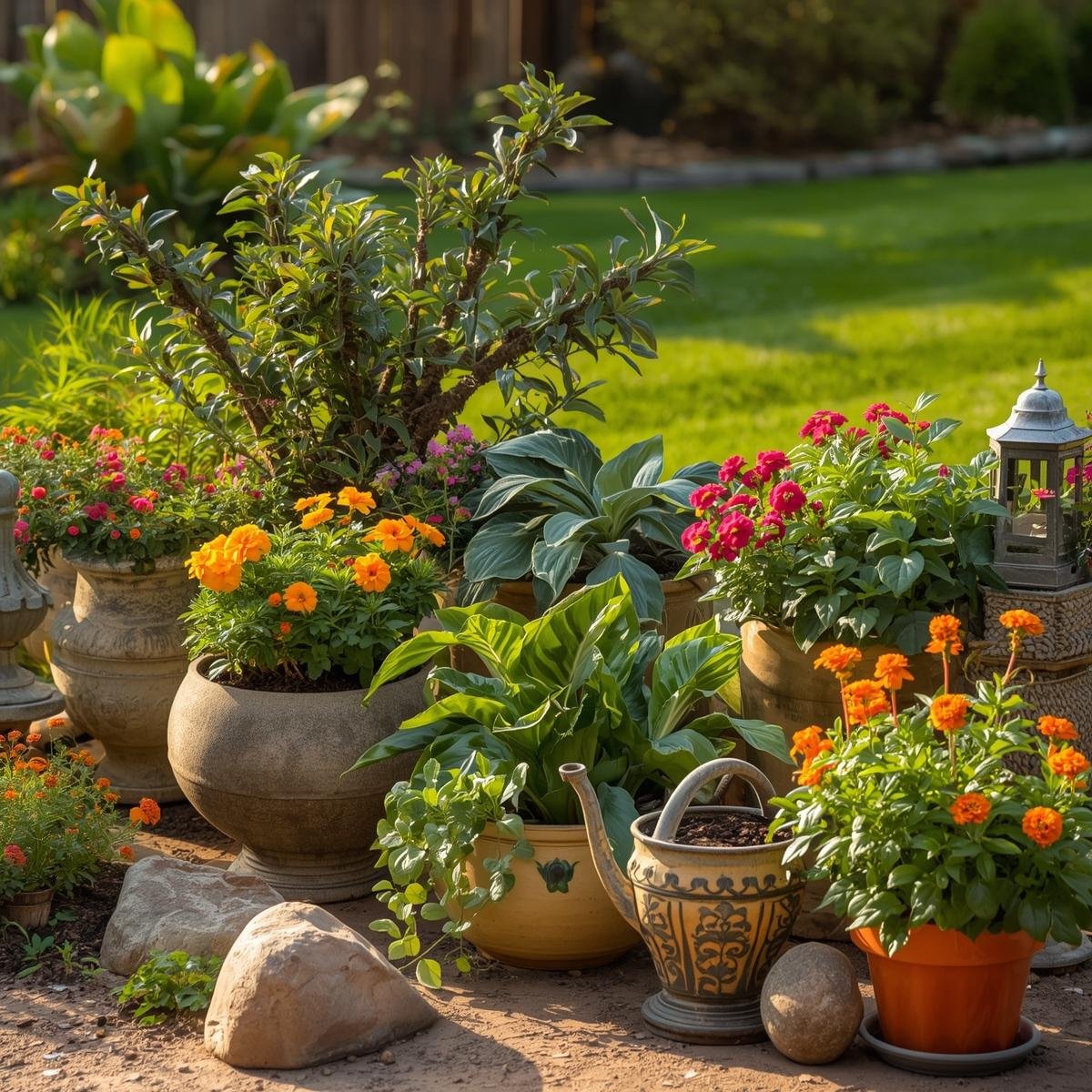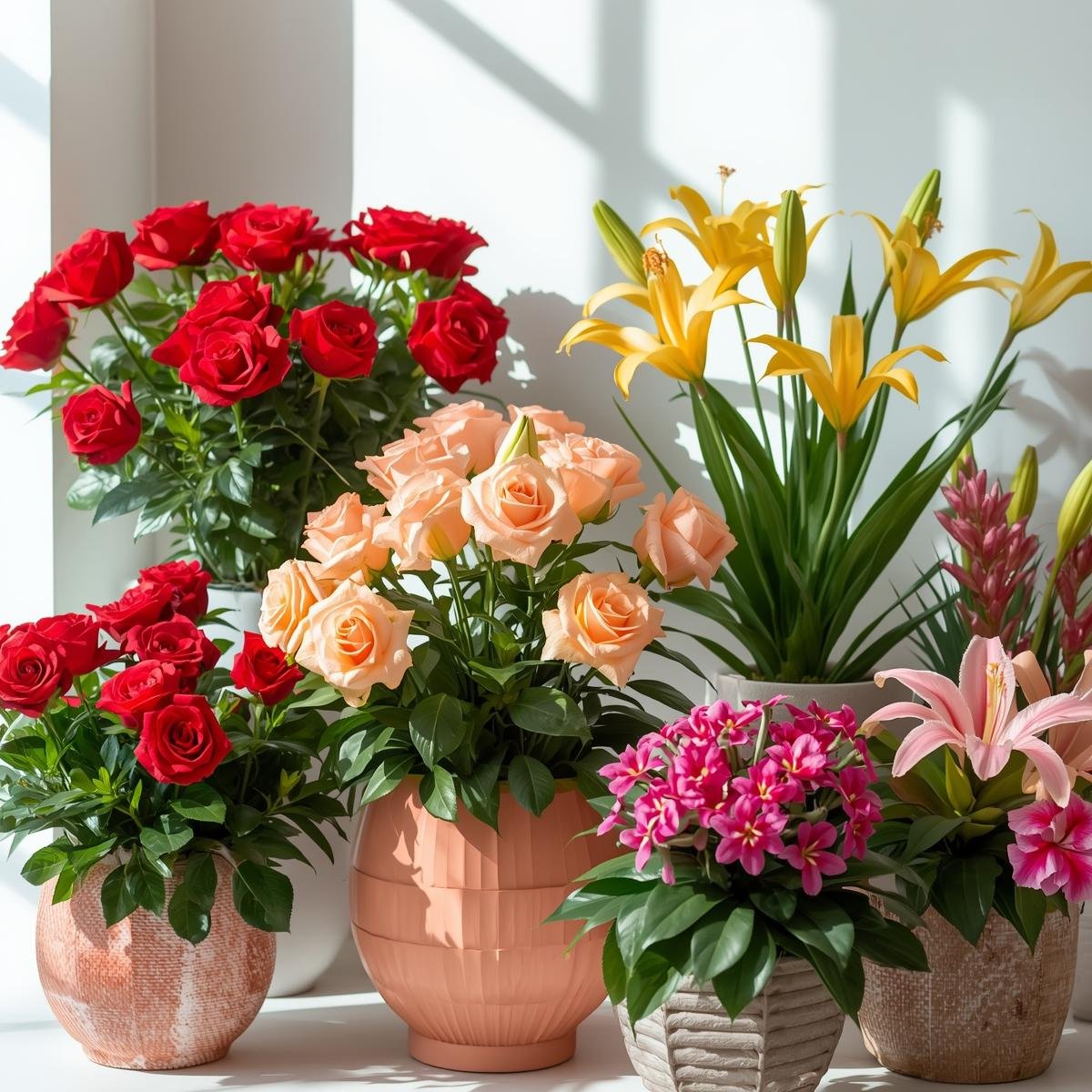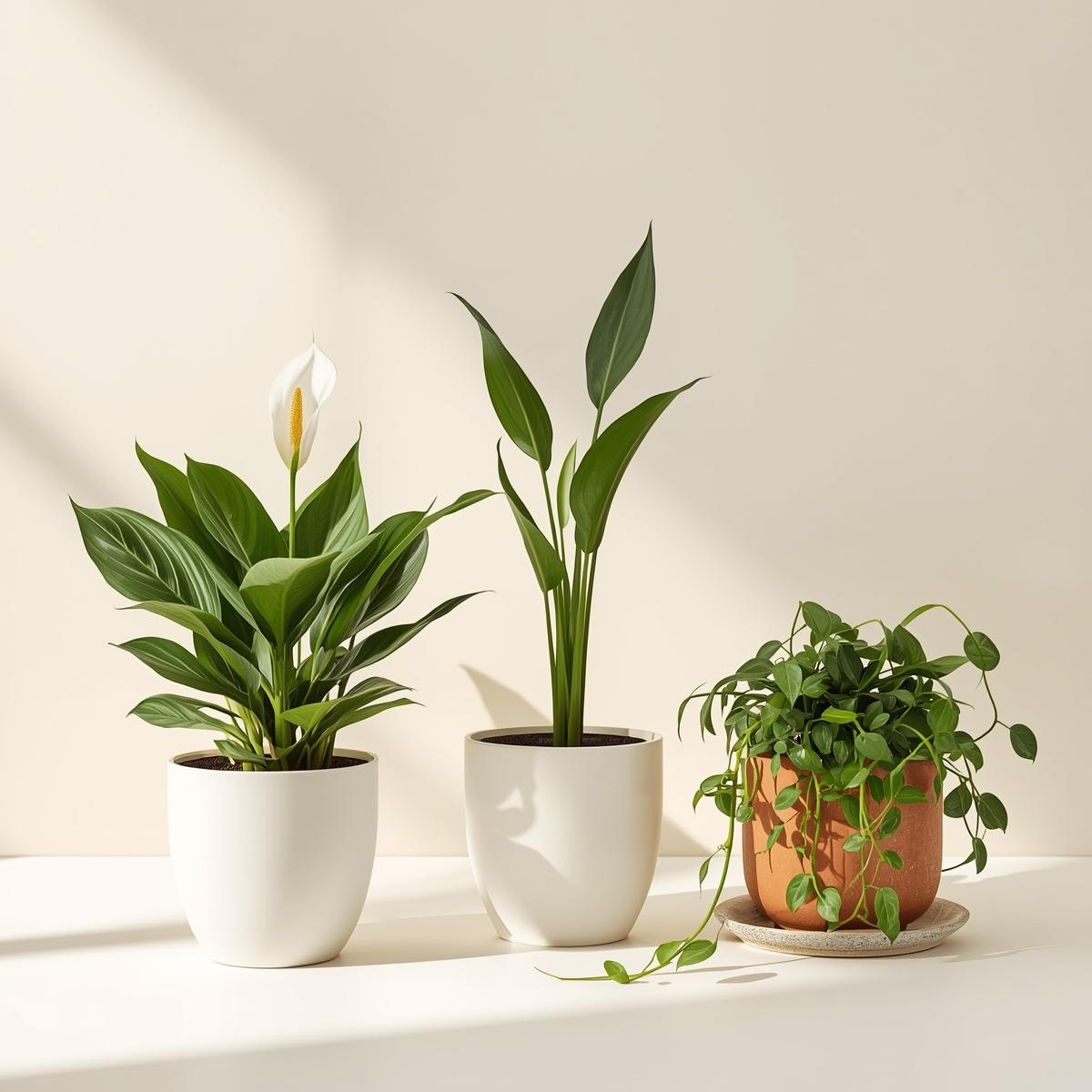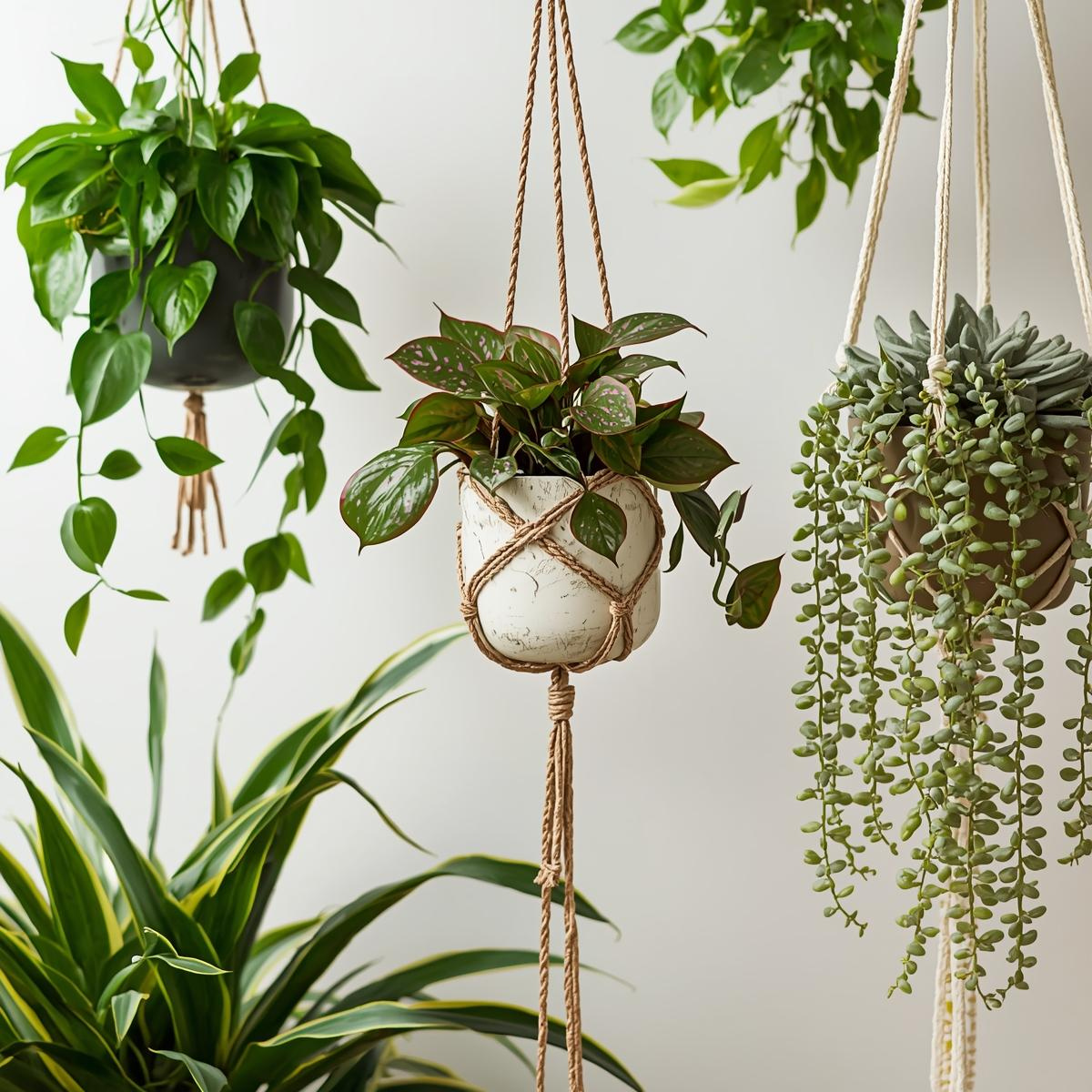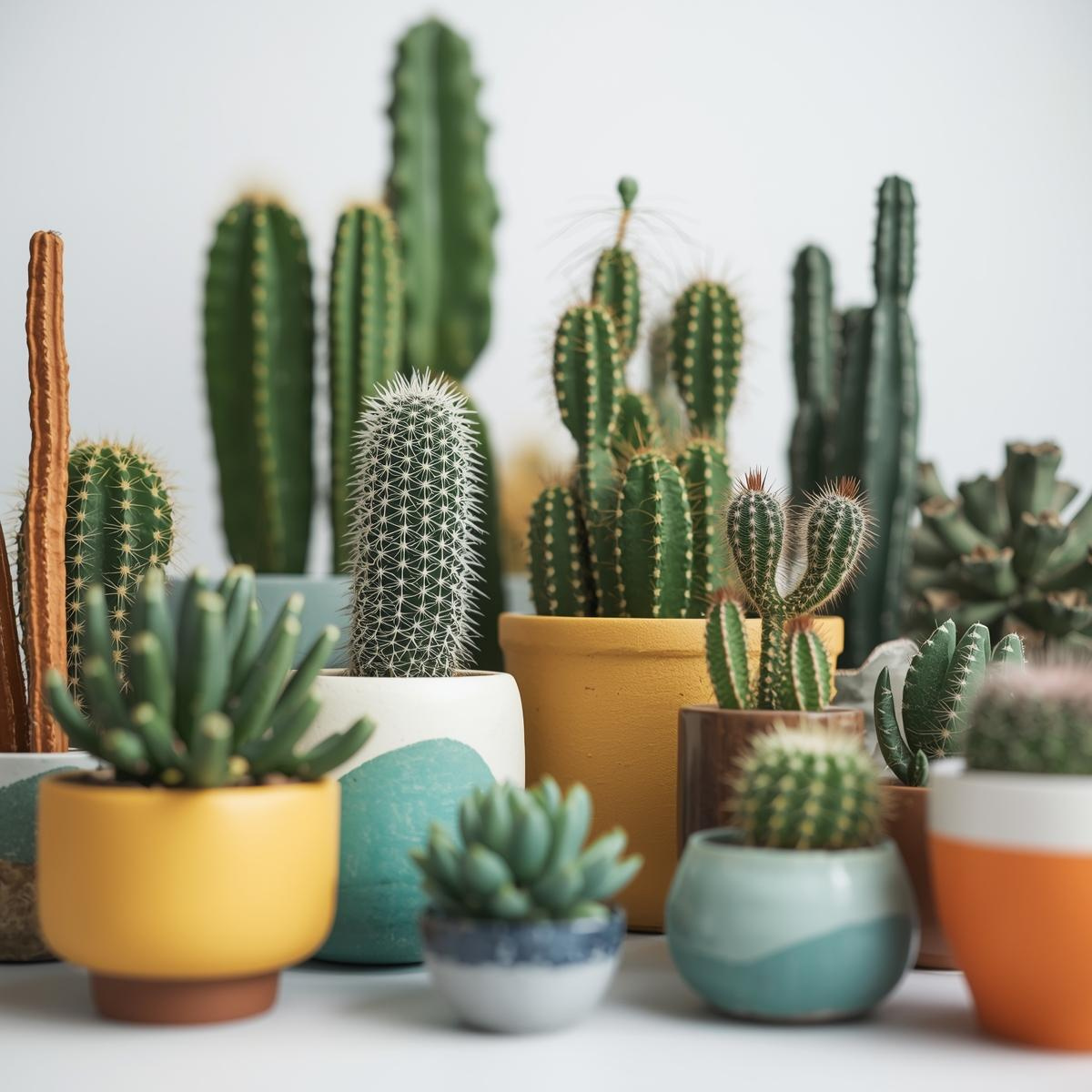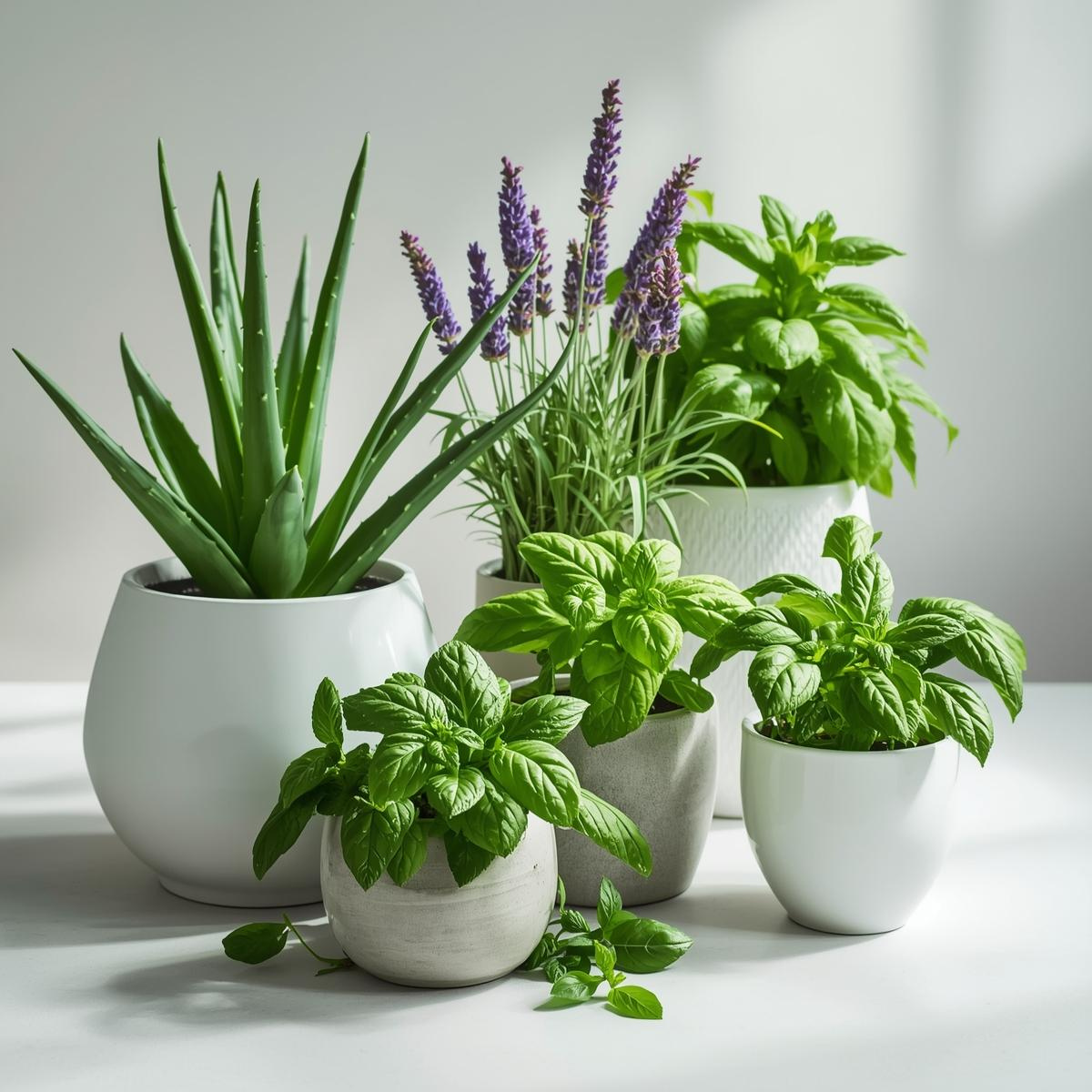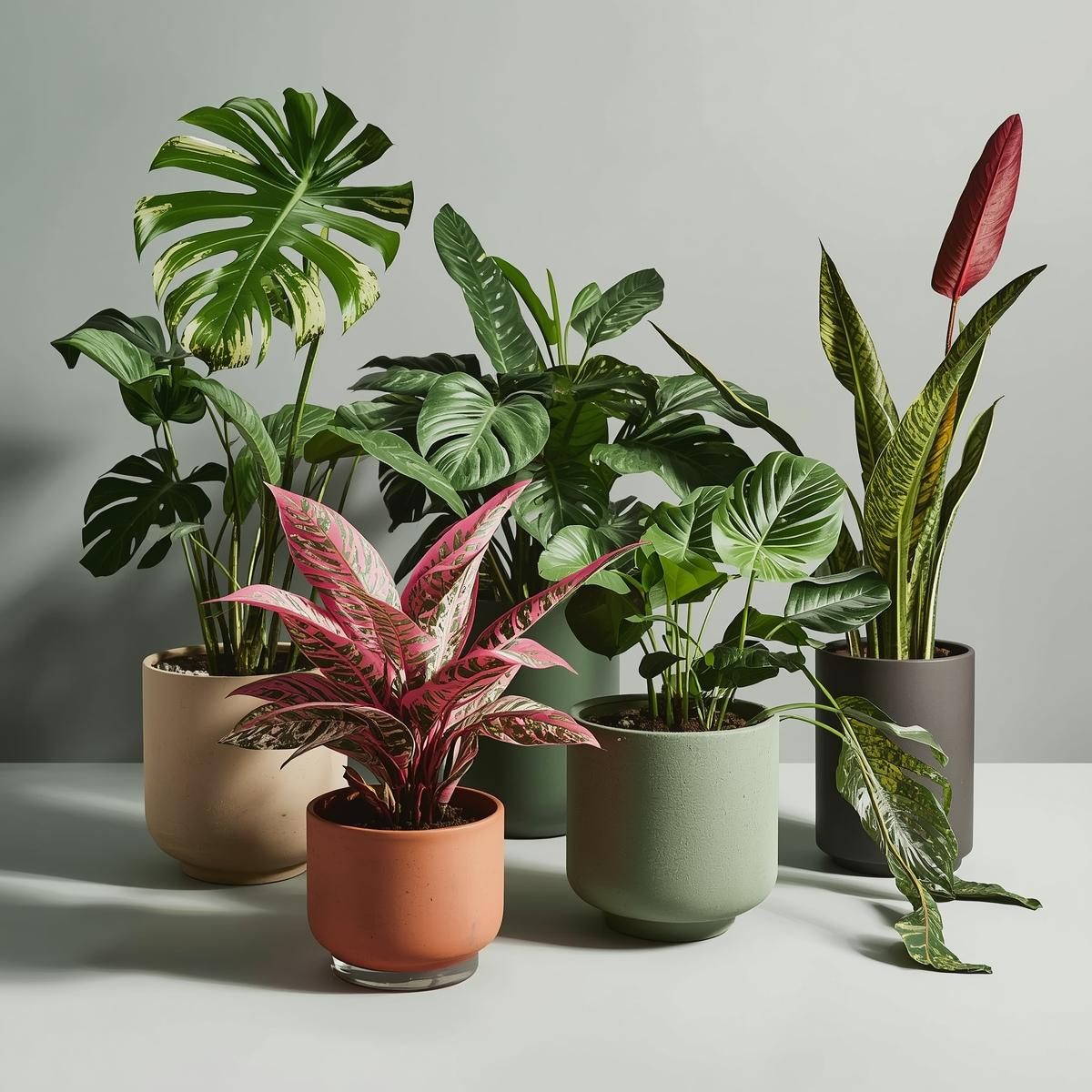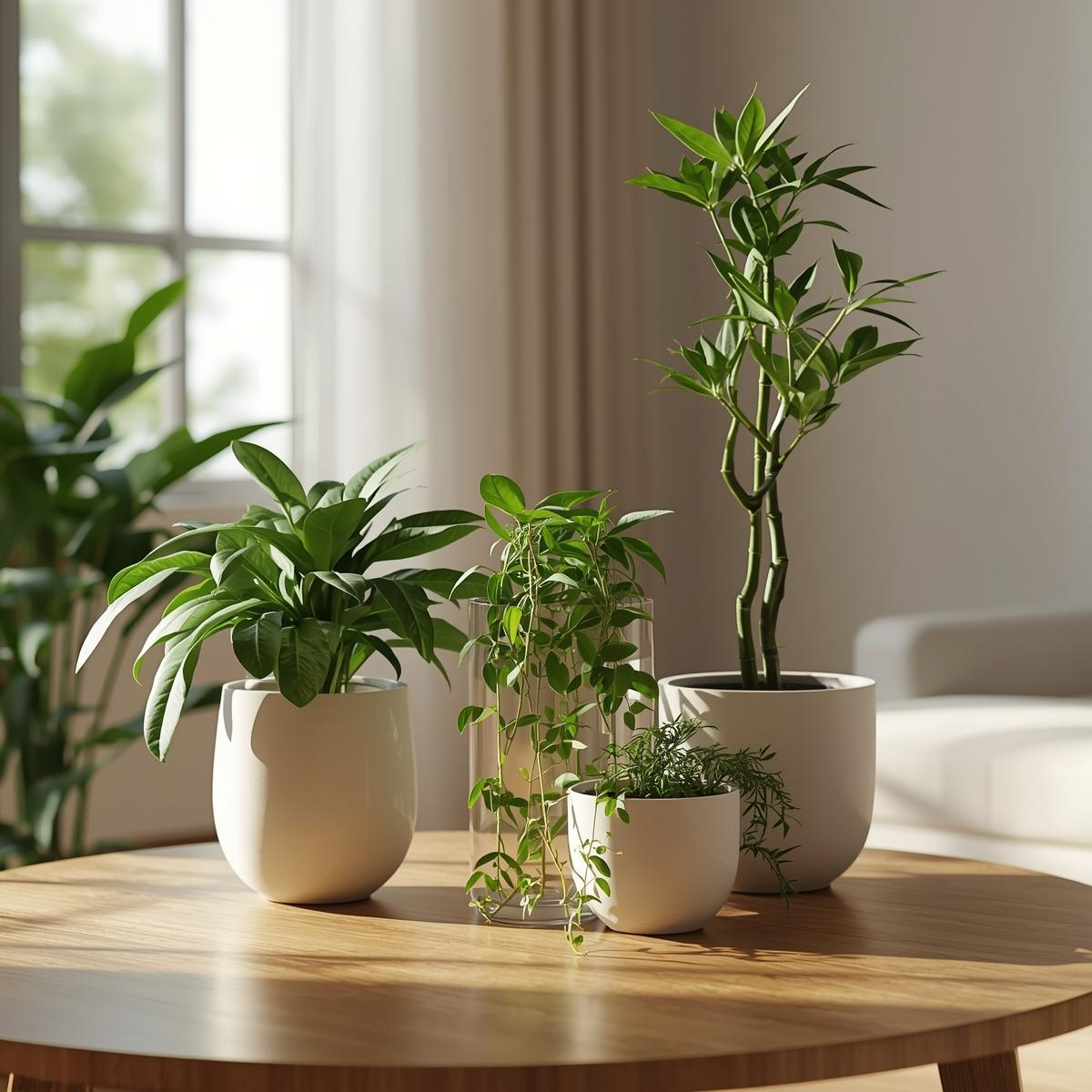Indoor Plant Fertilizers: Natural & Organic Feeding Tips
Indoor plants thrive on love, water, and sunlight—but to truly stay healthy, they need the right nutrients. Since indoor plants grow in pots with limited soil, they quickly use up available nutrients. Without proper feeding, you may notice yellow leaves, stunted growth, or poor flowering.
The good news? You don’t need harsh chemical fertilizers. With the right natural and organic fertilizers, your indoor plants can flourish while keeping your home safe, sustainable, and toxin-free.
This guide covers everything you need to know about fertilizing indoor plants, including DIY organic feeding tips, natural boosters, and how to create the perfect feeding schedule for Indian homes.
Why Fertilizers Are Essential for Indoor Plants
Unlike garden plants, indoor plants rely solely on their pots for nutrients. Over time, watering leaches out minerals from the soil, leaving your plants “hungry.” Fertilizers help by:
- Replenishing essential nutrients (Nitrogen, Phosphorus, Potassium, and micronutrients).
- Supporting strong root growth and vibrant leaves.
- Encouraging flowering and fruiting in indoor flowering plants.
- Boosting resistance against pests and diseases.
Think of fertilizer as your plant’s “vitamin supplement”—not a luxury, but a necessity.
Signs Your Indoor Plant Needs Fertilizer
- Yellowing or pale leaves.
- Slow or no new growth.
- Weak stems or drooping.
- Fewer flowers than usual.
- Soil looks depleted or compacted.
If your plant looks tired despite proper watering and light, it’s likely craving nutrients.
Types of Fertilizers for Indoor Plants
1. Liquid Fertilizers
- Easy to dilute and apply while watering.
- Quick nutrient absorption.
- Best for regular feeding.
- Example: Seaweed extract, compost tea.
2. Granular Fertilizers
- Sprinkled on soil and release nutrients slowly.
- Longer-lasting but less precise.
- Example: Vermicompost, bone meal.
3. Slow-Release Fertilizers
- Pellets or sticks placed in soil.
- Release nutrients gradually for months.
- Convenient for busy plant parents.
Best Natural & Organic Fertilizers for Indoor Plants
Here are safe, eco-friendly, and easily available options in India:
1. Vermicompost
- Made from earthworm castings.
- Rich in nitrogen and microbes.
- Improves soil structure and water retention.
2. Cow Dung Manure
- Traditional organic fertilizer in India.
- Packed with nutrients and beneficial bacteria.
- Best for large indoor pots.
3. Banana Peel Fertilizer
- High in potassium and phosphorus.
- Blend banana peels with water to make a liquid feed.
- Great for flowering plants.
4. Neem Cake Fertilizer
- Made from neem seed residue.
- Provides nutrients while keeping soil pest-free.
- Especially useful in monsoon.
5. Seaweed Extract
- Rich in micronutrients and growth hormones.
- Promotes strong roots and lush leaves.
- Can be used as a foliar spray.
6. Compost Tea
- Nutrient-rich liquid made by steeping compost in water.
- Fast-acting and safe for all indoor plants.
7. Used Tea Leaves & Coffee Grounds
- Source of nitrogen and organic matter.
- Rinse thoroughly before applying to avoid acidity.
8. Eggshell Powder
- Provides calcium for strong cell walls.
- Especially good for succulents and ferns.
How to Fertilize Indoor Plants the Right Way
- Dilute liquid fertilizers – Always mix with water to avoid root burn.
- Feed during active growth seasons – Most plants grow in spring and monsoon. Fertilize every 2–4 weeks.
- Reduce in winter – Growth slows down; monthly feeding is enough.
- Water before fertilizing – Never apply fertilizer to dry soil.
- Watch the leaves – Too much fertilizer causes brown tips or leaf burn.
DIY Organic Fertilizer Recipes for Indian Homes
Recipe 1: Kitchen Waste Fertilizer
- Collect fruit & vegetable peels.
- Blend with water and strain.
- Use the liquid to water plants once a week.
Recipe 2: Rice Water Fertilizer
- Save the water from rinsing rice.
- Rich in starch and minerals.
- Apply once every 10–15 days.
Recipe 3: Buttermilk Spray
- Dilute leftover buttermilk with 4 parts water.
- Great for leafy greens and flowering plants.
Recipe 4: Onion Peel Fertilizer
- Soak onion peels in water for 2–3 days.
- Strain and use as liquid feed.
Safety Tips for Fertilizing Indoor Plants
- Avoid over-fertilizing—less is better than more.
- Keep organic fertilizers away from pets.
- Store homemade mixtures in sealed containers to avoid odor.
- Always test a small amount before applying widely.
Where to Buy Indoor Plant Fertilizers Online
If you don’t have time for DIY, you can choose ready-to-use organic fertilizers. At The Tarva, we provide premium, eco-friendly fertilizers suited for Indian indoor plants—vermicompost, neem cake, seaweed solutions, and more.
Browse our organic care products at thetarva.com to give your plants the nourishment they deserve.
Conclusion
Feeding your indoor plants with the right natural and organic fertilizers ensures they thrive year-round. From vermicompost and neem cake to homemade banana peel and rice water fertilizers, these eco-friendly solutions are safe, affordable, and effective.
With a consistent feeding schedule, your indoor garden will reward you with lush leaves, vibrant blooms, and long-lasting health.
